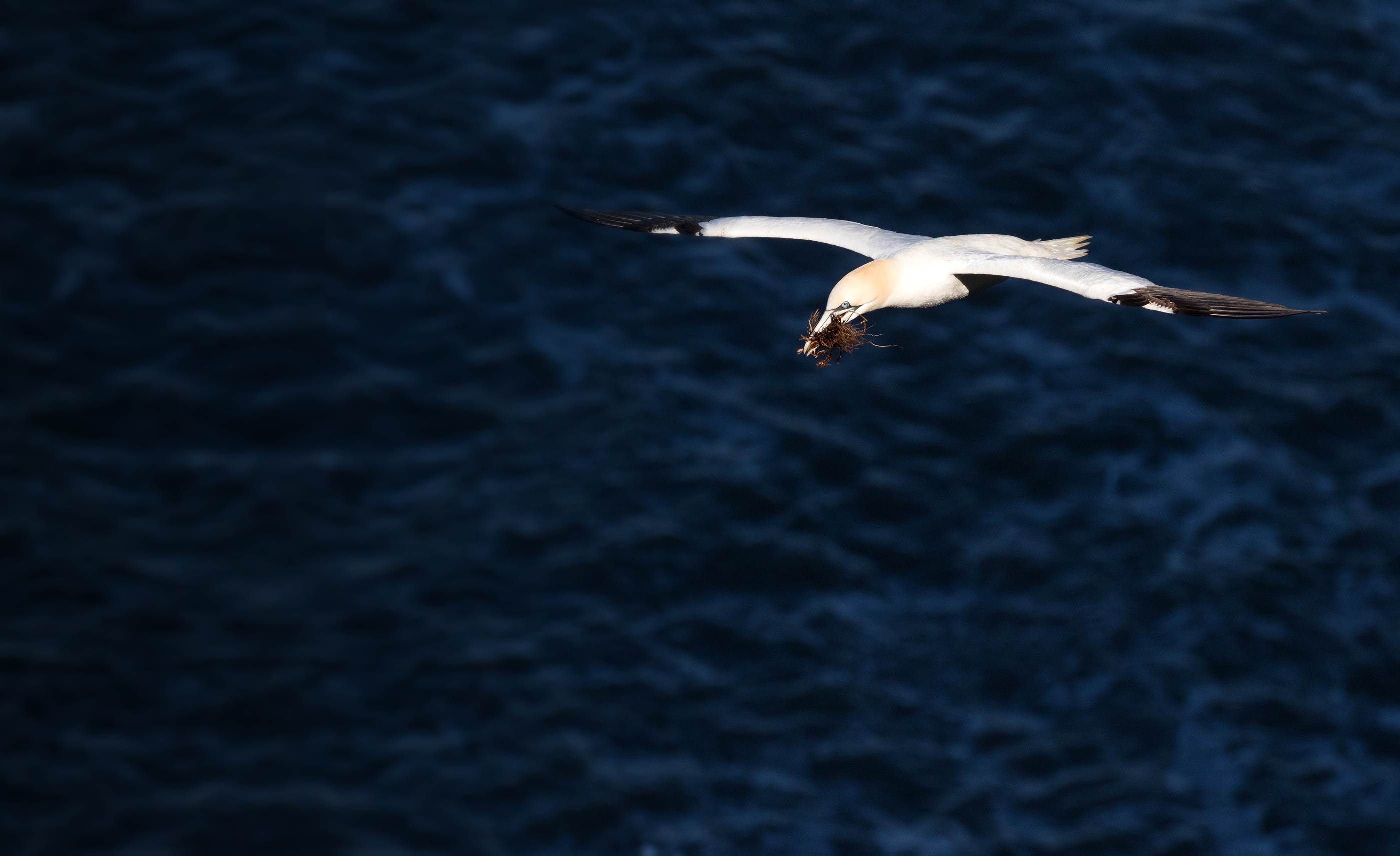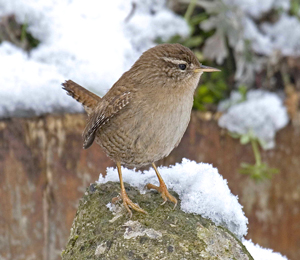Keeping warm on winter nights
During winter, birds need extra energy to keep warm. They also need to lay down fat reserves to help them through the long winter nights. Small birds, like Blue Tits, do not lay down a lot of fat - perhaps only enough to get them through a single night - and this means that they have to spend much of a typical winter's day searching for food. In the case of a Blue Tit, something like 85% of the available daylight hours may be spent searching for food, although this may differ between individuals foraging in woodland and those able to utilise garden feeding stations.
Energy-wise, a Blue Tit (weighing about 11g) needs 1kcal per gram of body weight each day during winter. This is equivalent to consuming some 300 small insects weighing about 10g in total. It is therefore not surprising that these small birds have to spend so much time foraging, and why garden feeding stations are favoured.
The effect of long winter nights on small birds can be pronounced. Research has shown that both Blue and Great Tits are some 5% lighter at dawn than when going to roost the previous night. Such research has also shown that birds lose more weight overnight during periods of cold weather than they do during periods of mild weather. The length of the night is also important and at this time of the year, nights are particularly long: some 16 hours for Truro and 18 hours for Shetland. All this makes things very difficult for small birds and it is not surprising that they have come up with a few adaptations to help them cope with the difficult conditions they may encounter at our northern latitudes. Such adaptations are not needed by birds living closer to the equator and so we see differences between species (and within some species) in their behaviour and morphology.
The insulation provided by a bird's feathers can help reduce heat loss. It is the downy feathers found under the main body contour feathers that are most important. Increasing the quantity of downy feathers during the winter may help. For example, in the House Sparrow, plumage weight increases by 70% following the autumn moult helping to increase insulation. The plumage can also be fluffed up to increase the number of air pockets, something that reduces heat loss in a similar manner to the benefits we gain from wearing several layers of clothing.
Find out how we discovered what cold winter nights do to small bird activity patterns







Share this page